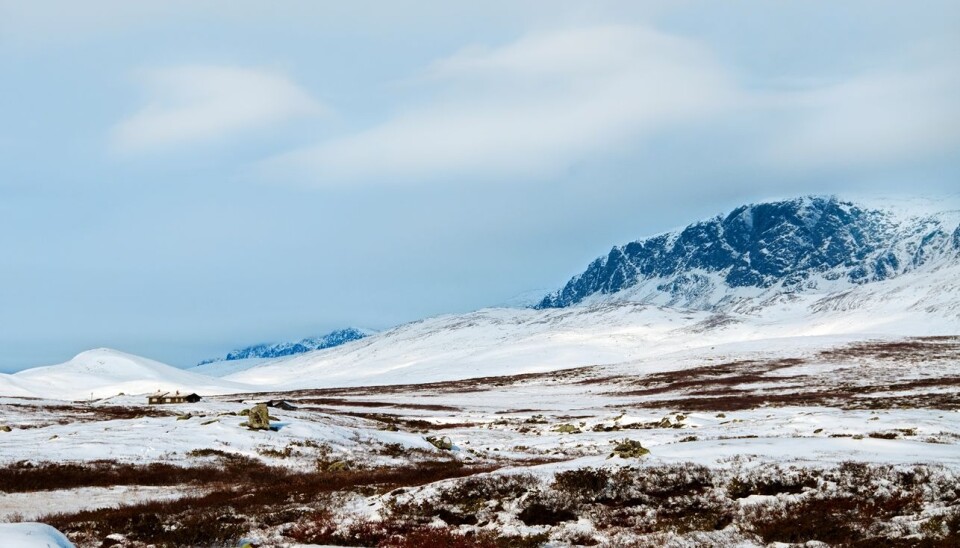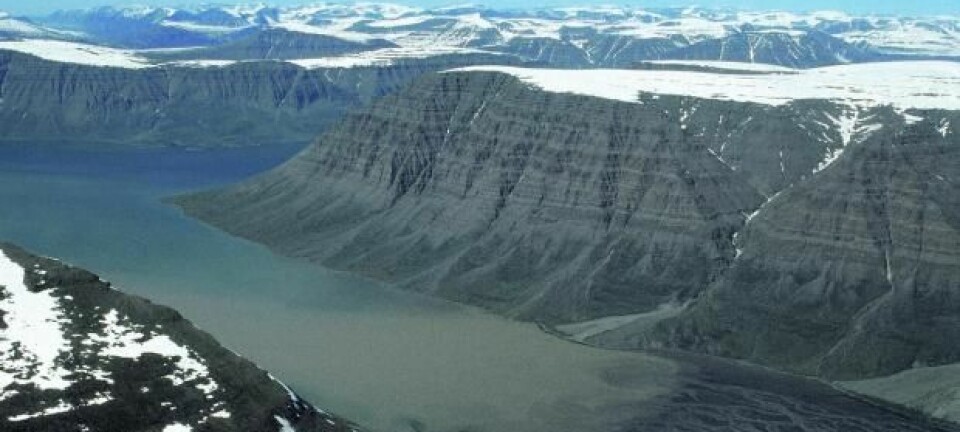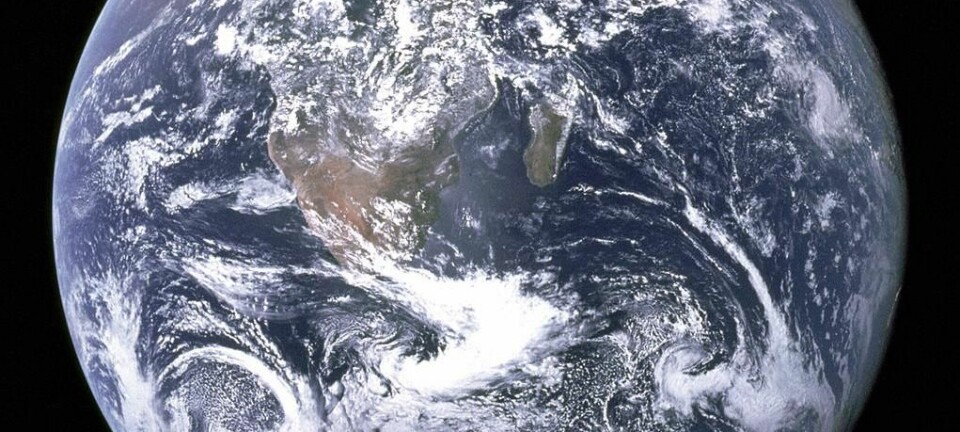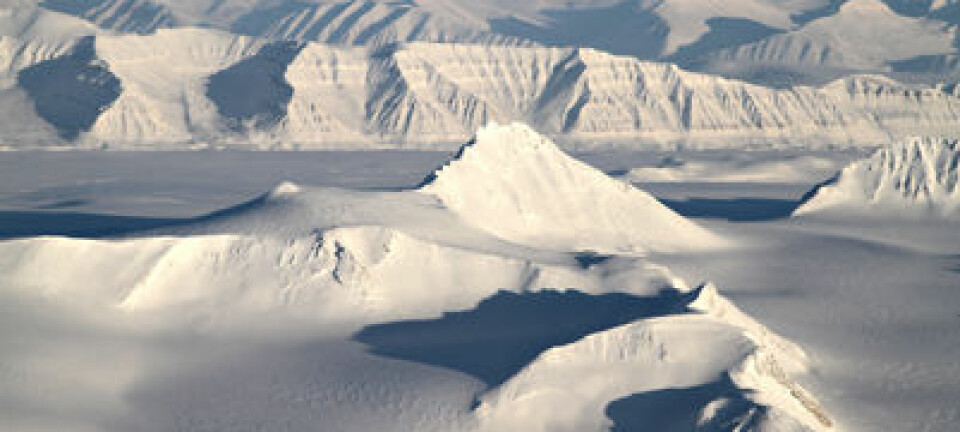
Norwegian mountain plateau could be several hundred million years younger than presumed
A new Norwegian study overturns textbook wisdom about the formation of high mountain plateaus round the world. But not all geologists are convinced by the new findings.
Denne artikkelen er over ti år gammel og kan inneholde utdatert informasjon.
High mountain plateaus such as Norway’s Hardangervidda were worn down by glaciers during earlier Ice Ages, which would make them much younger than geologists have previously assessed.
This claim comes from a new study published in Nature and conducted by Vivi Pedersen of the University of Bergen (UiB) and David Lundbek Egholm of Aarhus University in Denmark.
“The result indicates a paradigm shift in geological research,” says Professor Ritske Huismans at the University of Bergen’s Department of Earth Science. He headed the research group which included Vivi Pedersen.
Geologist Per Terje Osmundsen at Geological Survey of Norway (NGU) disagrees:

“The results are interesting, but more of the puzzle has to be solved before sceptics will be convinced,” says Osmundsen.
Contentious issue
Geology and earth sciences are known for their history of scientific squabbles, including the decades that passed before Alfred Wegener’s much-ridiculed notions about continental drift were accepted and incorporated in the comprehensive science of plate tectonics, one of the major paradigm shifts in geology.
There are still plenty of issues that geologists disagree about and one of these is the formation of mountain plateaus.
The leading opinion among geologists is that high mountain plateaus were created at sea level several hundred million years ago and tectonic forces have lifted them to their present elevations.
New studies from the University of Bergen indicate this could be wrong.
Pedersen and Egholm base their theory on previous UiB studies showing that glacial sediments on the Norwegian Continental Shelf are too deep to stem exclusively from the glacial carving of the fjords.
“This means that the glaciers have also removed material from the mountain plateaus of Norway. In my study we’ve used advanced computer models to simulate ways glaciers could have done this,” says Pedersen.
Mysterious uplift
A key problem with the accepted theory is the matter of why and how the mountain plateaus rose to their current altitudes.
“Some of the rising can be explained by post-glacial rebound as the heavy glacial ice melted off, but that doesn’t explain most of the lift,” says Pedersen.
According to the new model for the formation of high mountain plateaus they haven’t been near the sea level, so there is no need to find a mechanism explaining such lift.
Per Terje Osmundsen at NGU still thinks there is strong evidence that the rise of the land has occurred.
“It has been proved that such a rise has occurred in Greenland and Svalbard, where similar plateaus have been scoured from sedimentary rock. So there is no reason why large surfaces cannot be formed at sea level and lifted up,” he says.
Osmundsen explains that newer methods for dating geological occurrences are under rapid development and there are ample reasons for applying these to mountain plateaus.
Until that happens, it looks like a heated debate about the matter will continue in geological circles.
-------------------------
Read the Norwegian version of this article at forskning.no
Translated by: Glenn Ostling


































